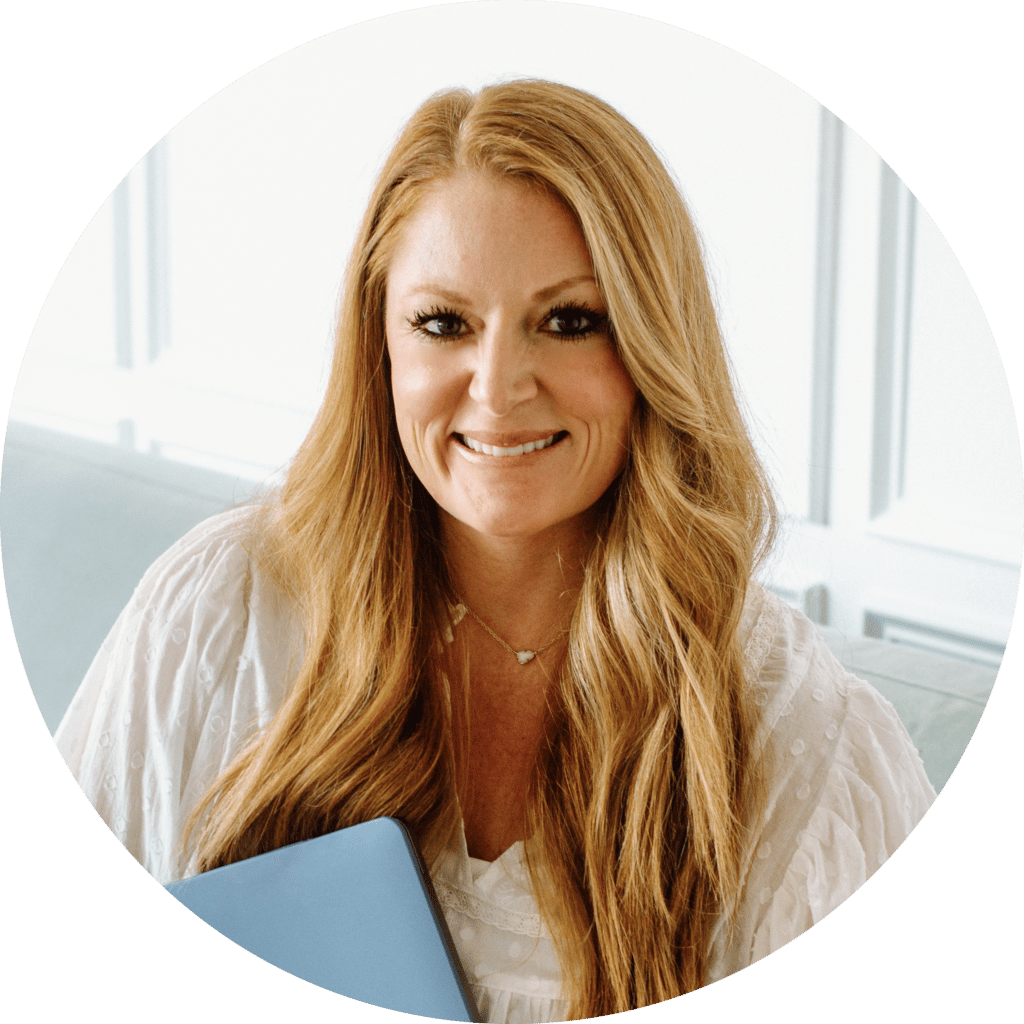

Did you know that students who engage in hands-on learning are 75% more likely to retain the information? It’s true! And it’s the exact reason flap books deserve a place in every reading lesson.
Flap books are simple. You create a few flaps and BAM! An ordinary activity becomes an interactive experience. But even in its simplicity, using flap books in the classroom greatly benefits student learning.
The great thing about including flap books in the learning process is the way they enhance engagement. The simple act of lifting flaps creates excitement and piques curiosity among students as they try to decipher what goes underneath. Other important benefits also enhance engagement. Here are a few others:
This is a skimmed-down list, but I could go on about how helpful flap books are in improving focus, motivation, and overall comprehension in reading. But now, I want to share a few of my favorite ways to use flap books in reading.
Flap books provide an effective way for students to compare and contrast different topics in the classroom. Students can easily organize key information side-by-side thanks to the dedicated sections for each topic. For example, Venn Diagram Flap books are great for taking broad topics and breaking them down into smaller, more focused chunks.
Sometimes it’s difficult to vary our vocabulary activities. Things can get repetitive from week to week. With flap books, students can dedicate each section of a flapbook to a vocabulary focus word. Under the flaps, students can write the words in a sentence, give a synonym for each word, provide an antonym, or draw an example of the word. The options are endless!
Flap books can also serve as a reading response activity in the classroom. After reading a book, students can create flap books to explore the plot events, character traits, key details, etc.
In addition, when the flap is lifted, students can share text evidence. This allows students to demonstrate their understanding of a text in an interactive format.
One of my favorite ways to use flap books is as a sorting activity. Students can sort examples and non-examples, categorize words, or sort based on word use in a sentence. One advantage of sorting words with a flapbook is that it helps to keep all the sorting pieces secured underneath the flaps.
As we question students about texts, poems, and problems throughout daily reading lessons, we can vary the questioning format and use flap books. This breaks up the monotony of students answering comprehension questions. Asking questions on a flapbook has the advantage of hiding students’ answers underneath the flaps.
Flap books are a great way to display students’ understanding of language when introducing parts of speech. Under each flap, students can provide examples, use words in sentences, draw pictures, etc.
The flap books serve as a tool for introducing a new concept, reviewing a specific grammar skill, or assessing learned material.
I could go on and on about ways to use flap books in the classroom. I started using them in 2007 and have made hundreds of them ever since! But I’ll spare you. One of the most common ways I use flap books is to showcase examples of a skill.
Think about using flap books to share examples of nouns, verbs, adjectives, adverbs, compound words, contractions, multisyllabic words, homophones, synonyms, etc.
The list can go on and on. As students lift the flaps to reveal their examples, they demonstrate their learning and communicate their ideas effectively!
For additional reading resources that embrace flap books in the learning experience, check out Rooted in Reading! Each activity mentioned in this post is used in our signature reading curriculum.

Hey, y’all! My name is Amy Lemons and I am passionate about providing students with both engaging and effective standards-based Math and ELA lessons.

Sample a day of Rooted in Reading with these lesson plans and activities for Reading Comprehension, Vocabulary, and Grammar!
One Response
Your examples were spot on, really helped me understand better.